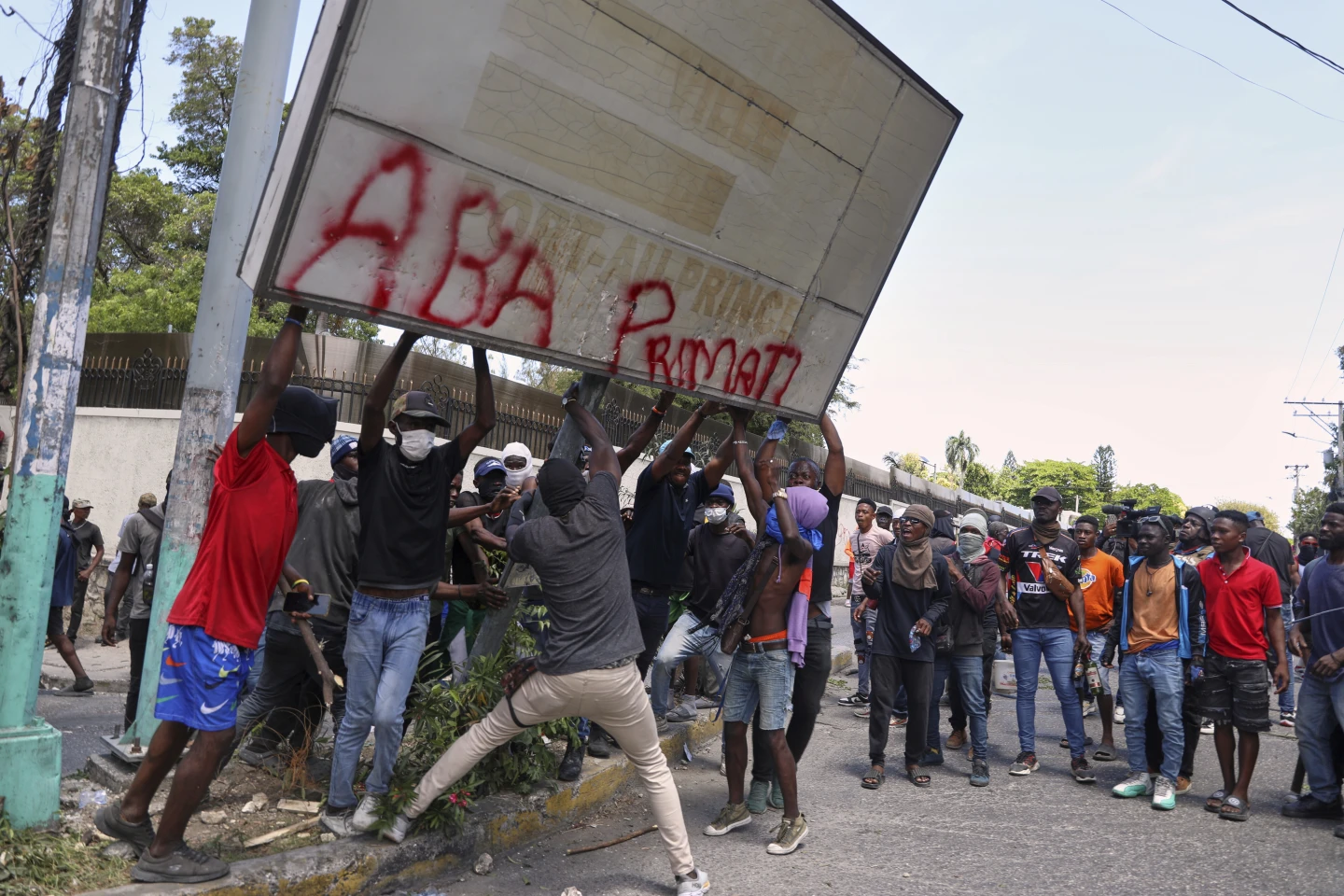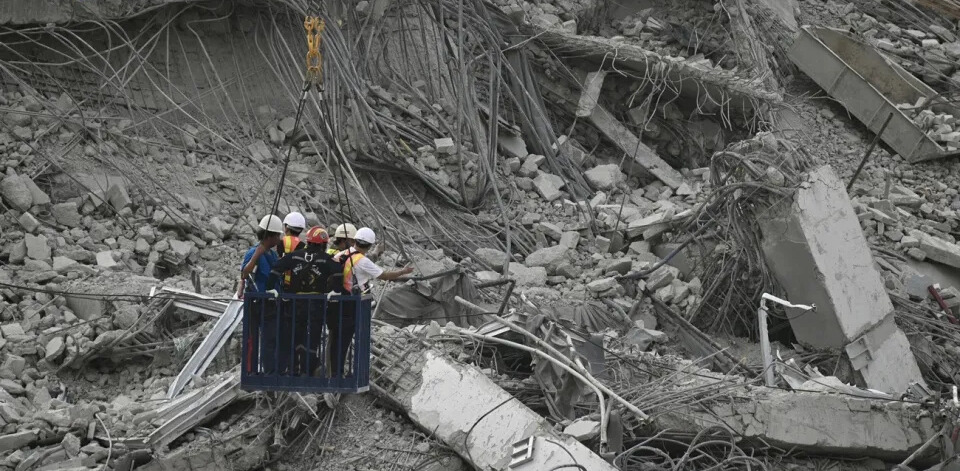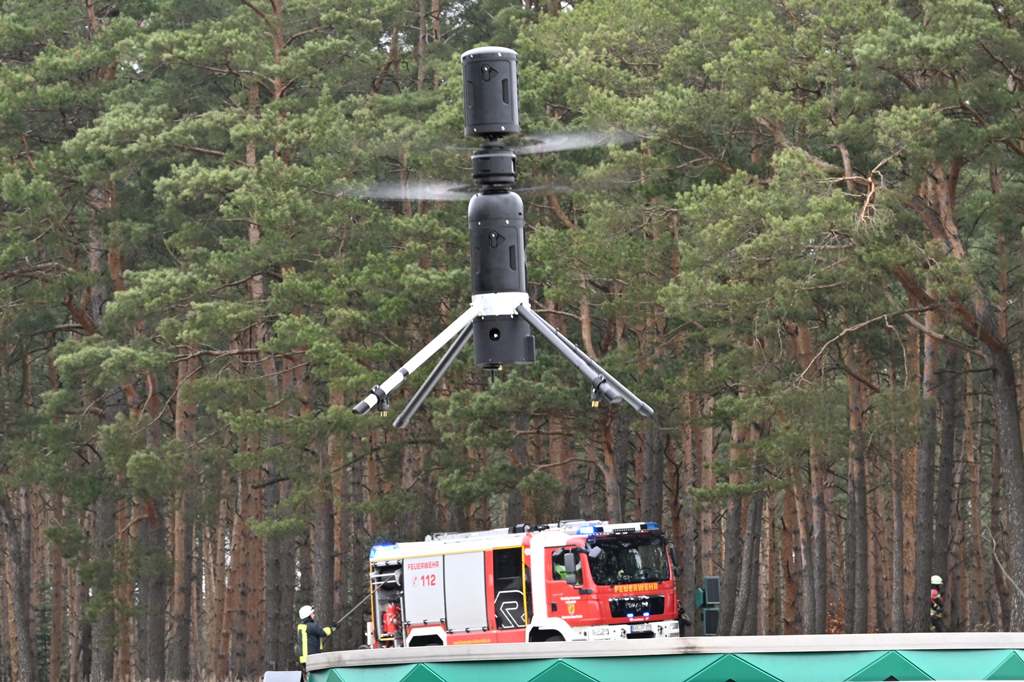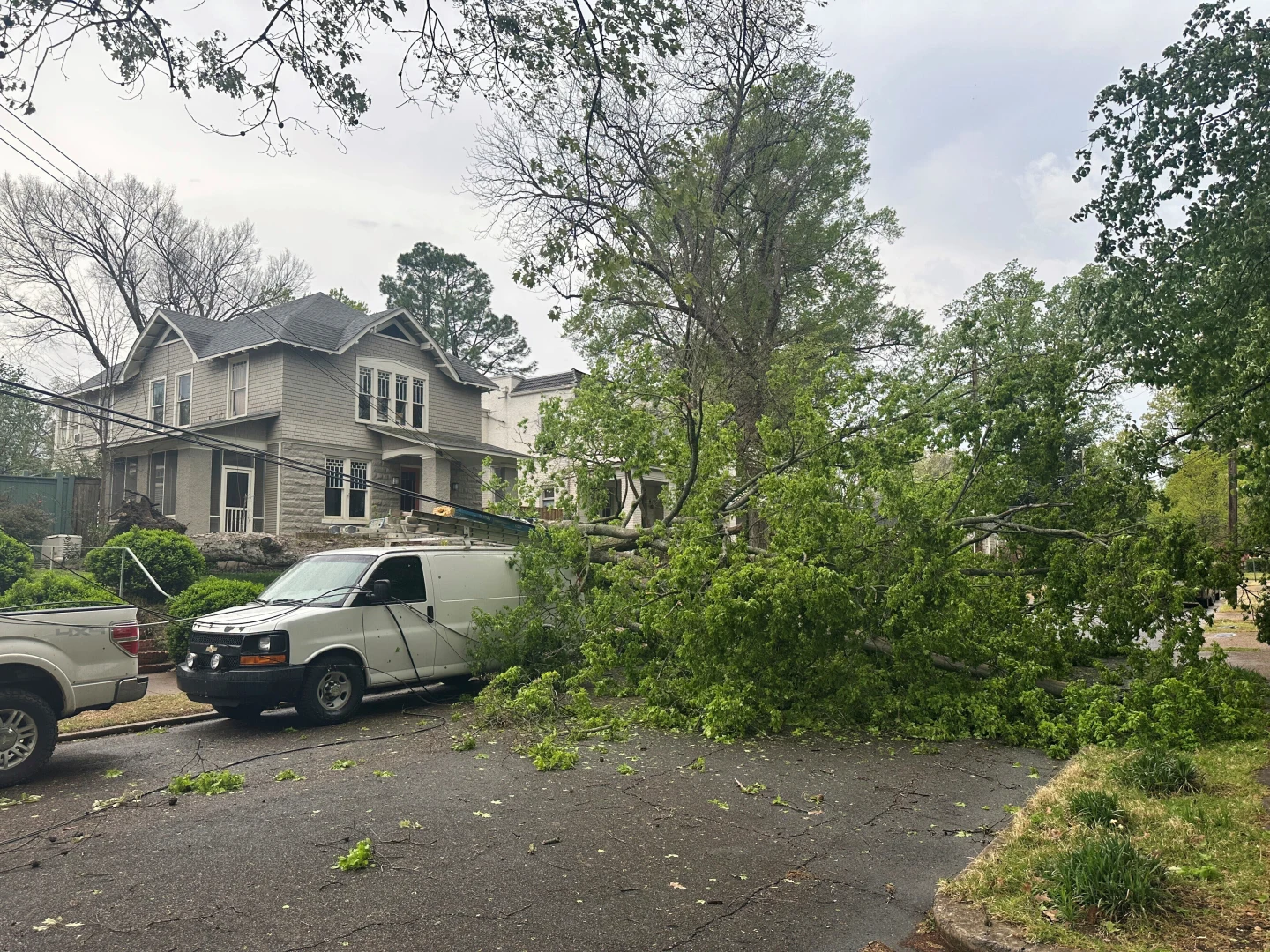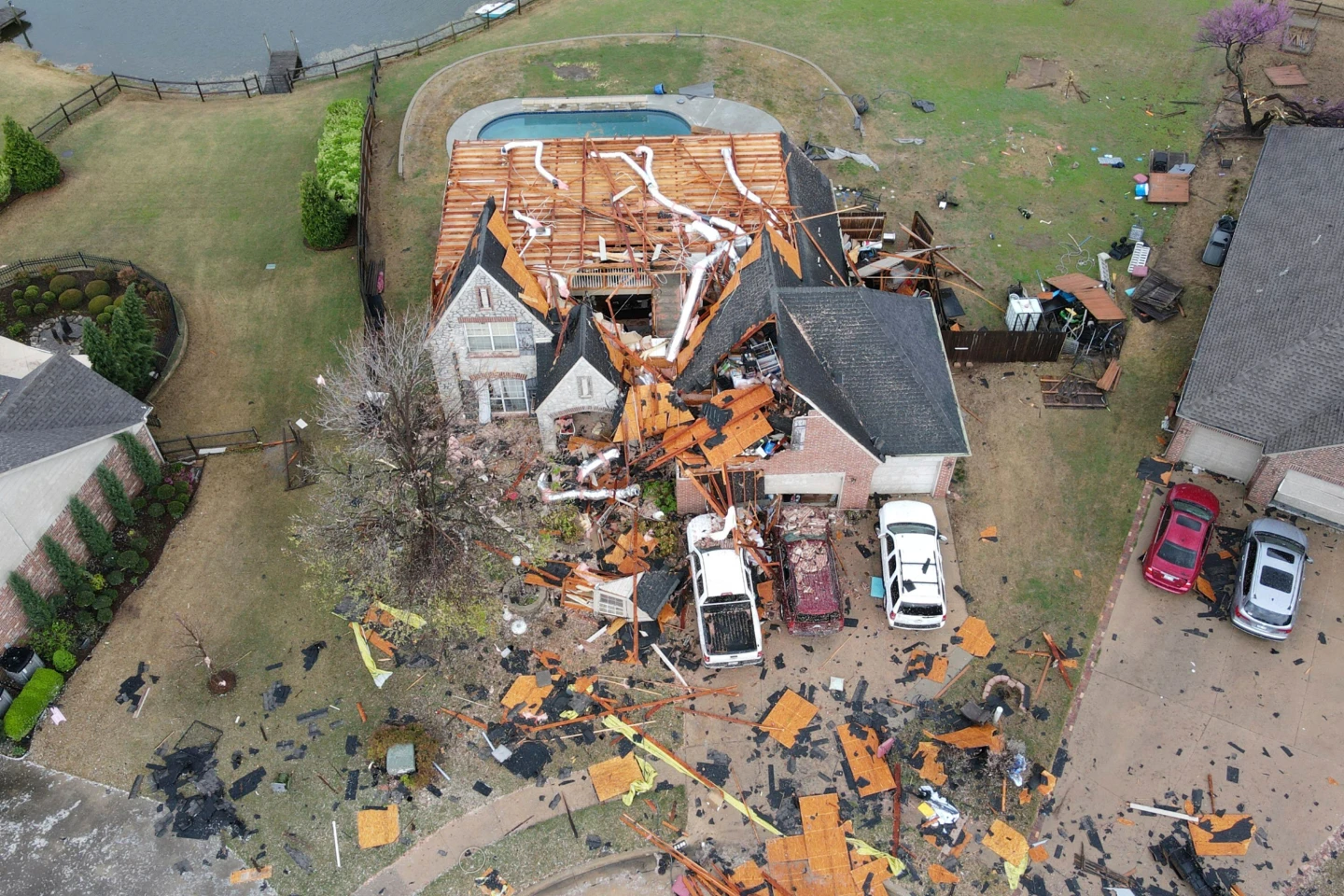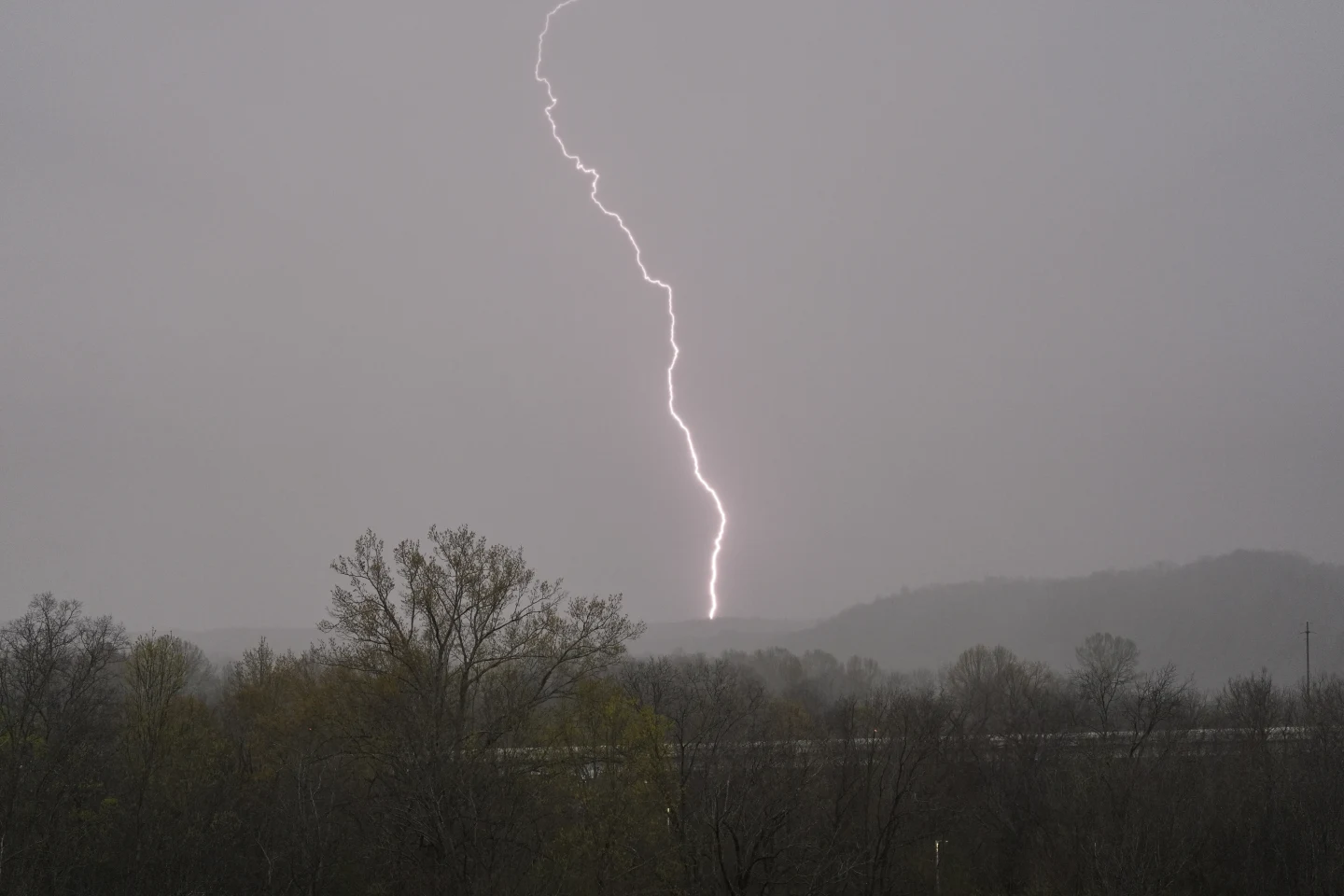SINGAPORE (ANN/THE STRAITS TIMES) – Inspired by the shootings at two mosques in Christchurch, New Zealand, in March 2019 that saw 51 Muslims murdered, a Singaporean teenager aimed to double the body count here.
In June 2024, the 17-year-old boy identified five mosques in Jurong West, Clementi, Margaret Drive, Admiralty Road and Beach Road as potential targets.
He had planned to kill at least 100 Muslims as they were leaving after Friday prayers, then kill himself.
But his scheme was thwarted by the Internal Security Department (ISD) and an order of detention under the Internal Security Act (ISA) was issued against him in March.
On April 2, the ISD revealed that he was one of two self-radicalised young people being dealt with by the authorities.
A 15-year-old girl had been issued with a restriction order under the ISA in February as she had wanted to marry an ISIS fighter and start a pro-ISIS family.
As for the 17-year-old, he was identified during ISD’s investigations into Nick Lee, 18, another Singaporean detained under the ISA in December 2024.
The 17-year-old and Nick Lee had exchanged Islamophobic and far-right extremist materials with each other on social media.
They were self-radicalised separately, had not met and were unaware of each other’s plans to conduct attacks in Singapore.
ISD said the 17-year-old’s radicalisation began in 2022, when he encountered Islamophobic and far-right extremist materials online. This, coupled with his racist views against Malays, led him to hate Islam and Malays/Muslims.
Satisfied watching killings
In November 2023, he watched the Christchurch shooting video on social media and researched the shooter, Brenton Tarrant.
The youth felt a sense of satisfaction from watching Muslims being shot and saw Tarrant as a hero for killing Muslims.
Having consumed online manifestos by Tarrant and other far-right terrorists like Stephan Balliet and Payton Gendron, the youth learnt about the “Great Replacement” and became convinced it was happening in Singapore.
The Great Replacement is an ethno-nationalist theory by French anti-immigration author Renaud Camus which argues that white European populations are being replaced by non-Europeans through migration and demographic trends.
By early 2024, he wanted to emulate Tarrant and shoot Muslims at mosques here with an AK-47 assault rifle.
Shopping for gun
For his planned attack on local mosques, he made multiple unsuccessful attempts to get a gun.
The youth attempted to smuggle gun parts into Singapore but failed due to cost and technical issues. He also attempted to buy a Glock 19 pistol, but did not complete the transaction. He considered buying guns and ammunition in Malaysia or Thailand, but did not complete it.
To ensure he could manage a firearm, he watched videos online on gun handling and planned to visit a shooting range in the US.
In June 2024, he shortlisted five mosques for attack – Masjid Maarof in Jurong West, Masjid Jamek Queenstown in Margaret Drive, Masjid Darussalam in Clementi, Masjid An-Nur in Admiralty Road and Masjid Hajjah Fatimah in Beach Road.
While he wanted to attack all five mosques to achieve a high kill count, he focused on Masjid Maarof, as he frequented the Jurong West area.

He wanted his attacks to inspire other like-minded Singaporeans to undertake violence, and planned to live-stream his attacks to emulate Tarrant. He intended to kill himself before the police arrived.
When he was arrested, he admitted he would have carried out his attacks if he had managed to get his hands on a gun.
While he had not shared his plans with anyone for fear of being arrested, his parents were aware of his hatred towards Muslims and the excessive amount of time he was spending online.
His father had shared with him news reports of previous far-right extremist cases dealt with under the ISA, to encourage his son to change his mindset.
However, the youth’s parents did not contact the authorities.
ISD said both cases highlight the persistent threat of youth radicalisation in Singapore.
‘There probably are others’
On April 2, Home Affairs Minister K. Shanmugam spoke to the media at Masjid Maarof, one of the youth’s targets, in Jurong West.
When asked if the Malay/Muslim community should be worried, Mr Shanmugam said: “I think we all need to be worried because… if Muslims get attacked, it’s bad for the Muslim community, but it’s bad for Singapore – because we are one community.”
He said the trend of self-radicalised young people dealt with under the ISA was concerning.
Mr Shanmugam, who is also Law Minister, said: “In all likelihood, there probably are others, even as we speak.”
Calling for the public to be alert, he added: “We have to get it right every time. Those who are either on the far right or with tendencies towards extremism on the Islamic side have to only get it right once, and they will kill some people.”
Minister of State for Home Affairs Muhammad Faishal Ibrahim, who attended the media briefing with Mr Shanmugam, said it is important for family and friends to report any signs of radicalisation early, to maintain harmony within the community.



